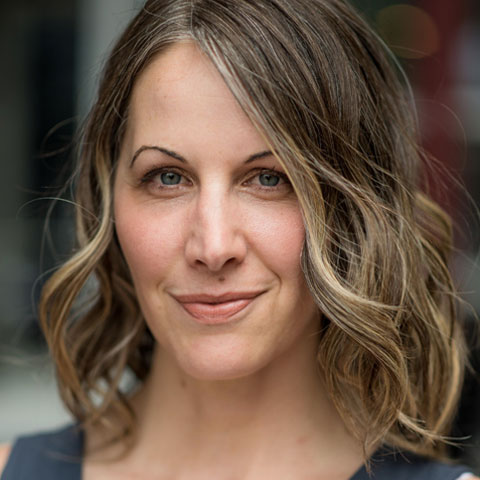AI […] is more profound than electricity or fire.
– Sundar Pichai, Google CEO
Artificial intelligence, or AI, may be a term that still feels futuristic, however, it no longer simply exists in the realm of science fiction. It’s happening all around us. Notable tech leaders have predictions (both good and bad) about the impact of AI, while most media and tech companies are already using it to rapidly transform content creation, delivery and consumption.
If you’ve ever used Google to translate into another language, or asked a search engine to find images of puppies climbing stairs, you’ve already used early stages of AI in your daily life.
In video production, AI is being used to expedite mundane tasks – it can generate transcripts, trace live-action footage (rotoscope animation), and reformat content for different aspect ratios. With a few clicks, it can remove boom mics, or other distractions, from footage.
Beyond this, Bill Roberts, Industry Strategist at Adobe, suggests that AI is evolving to become one’s muse, mentor, or assistant. He explains that:
There is tremendous value in leveraging AI in editing workflows to help humans get over creative roadblocks. This is because AI can be a completely dispassionate voice that can ingest your media and offer suggestions. […] Humans tend to ‘get stuck’ looking at the same content again and again, and a fresh suggestion can often be just the right thing to nudge the creative journey in a new direction.
WHAT ABOUT AI GENERATED IMAGERY?
Recently, a digital artist who used AI technology to win an art competition received backlash from other creatives. “We’re watching the death of artistry unfold right before our eyes,” one Twitter user wrote. Others defended the artist, saying that using AI was similar to using Photoshop or other digital tools, and that human creativity is still needed to generate an award-winning piece.
So, how does AI generated imagery work? Using a program like DALL·E or Midjourney, the user enters a text prompt – “snail harp” for example – and receives AI-generated images like this:

These programs scrape millions of images from the open web (including uploaded works by human artists), teach algorithms to recognize patterns and relationships, and then generate similar yet new imagery.
One might say that human artists do this too, when they draw inspiration from the world around them. What sets AI apart is the capability to draw from massive amounts of data.
Dr. Danny Lange, Senior VP of AI at Unity Technologies, elaborates:
[AI] also creates a virtuous feedback loop with its users so that it keeps learning and becomes more capable over time. […] If you, as a creator, can pursue more branches in the creative process at a much faster pace than with traditional tools you are bound to deliver higher quality content.
AI GENERATED IMAGERY AND VIDEO PRODUCTION
Perhaps you’ve seen headlines about celebrities selling their likeness (presumably for future AI assisted film projects), or are familiar with politically motivated “deep fakes”, the surprisingly realistic fake video content that features well-known public leaders (saying whatever the video’s creator wants them to say!).
Beyond these high-profile examples, AI is showing up in video production in other ways. For example, there are companies specializing in the creation of realistic faces of fake people. Why? To eliminate the need for model releases, and to forego concerns about sensitive use and/or limitations on use.
The stock imagery industry is, of course, affected by these AI developments too, prompting legal debates regarding copyright, as well as other protections and authorizations.
Within video production, AI generated imagery also prompts the discussion (which we’ve touched on already) about artistic integrity, and beyond that, job security.
We checked in with One Floor Up’s 3D Designer, Cody Hendrickson, on AI generated art. He says:
The comments on these images often fall into two categories. One, general amazement, appreciation – chit chat you might hear at an art gallery. The other is a bit of catastrophization, […] “This is it, the beginning of the end.”
So, in an effort to avoid catastrophization here, I’d like to look at this as what it is – a tool, and an incredible one at that. […] As artists we’re tasked with using this tool to expand our vision, and we’re challenged to not let it be our competition.
Surely AI art will become a daily part of our lives, but with change comes growth. So let’s see where we can grow from here.

